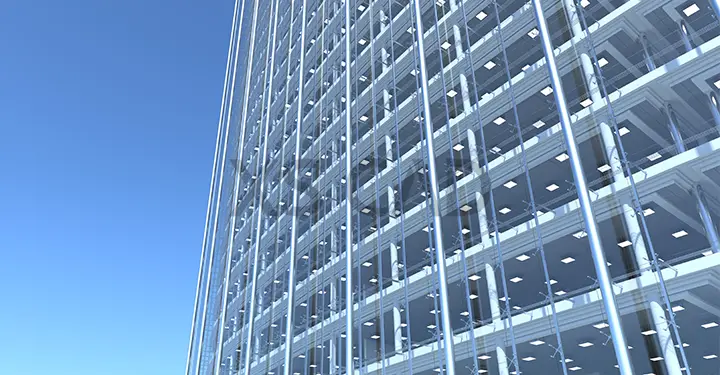Our Articles

How Critical Is Facade Engineering Design Accuracy?
‘It’s just a façade,’ they say, but is it?
Façades sometimes have a negative connotation, but everything about a beautiful and functional building façade is positive. Possibly the largest and certainly one of the most important elements in the technical and aesthetic perspective of a building, the façade is the first face of a building that people experience.
Façade engineering resolves aesthetic, environmental and structural challenges to provide an effective building envelope.

Some of the aspects that façade engineers consider are design, certification, fabrication and installation of architectural façades in addition to materials, aesthetic appearance, structural behaviour, durability, safety, serviceability and maintenance.
Building façades can be expensive and risky to perfect. The pressure for change and adaptation to meet environmental and energy performance needs is greater on building façades than on other building components.
Therefore, the accuracy of building façade engineering design is critical for several reasons:
Thus, it is evident that an attractive and functional façade design requires in-depth knowledge of function and operation. Equally important, façade engineers must be updated with the latest software tools for evaluation and façade analysis to help achieve superior performance from building facades. It is helpful to approach each facade engineering project with an open mind and a unique perspective attained from resolving challenges while working on a range of building enclosures. Experts need to use sophisticated engineering tools to model design options, use 2D and 3D thermal modeling to validate thermal performance and analyse elements, façade materials, cladding systems and high performance MEP systems to investigate structural approaches and develop coordinated and validated designs that are accurate and detailed.
To know more about Facade Engineering.
XS CAD has valuable experience providing building façade engineering services and façade design for general contractors and consultants. Our range of services for consultants across the world include façade engineering and façade analysis for the building envelope, architectural façade and the relevant cladding systems and high-performance MEP systems, creating models and drawings by using Revit BIM, AutoCAD and BIM Collaborate Pro for cloud collaboration.

